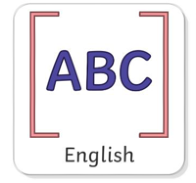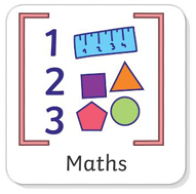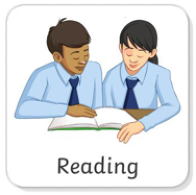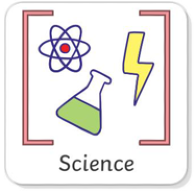Wednesday 14th May
LC: to use our knowledge of planning to create an effective plan for a narrative write
Let's continue our planning for the model write.
We are going to complete the boxes for
verses 4 and 5.
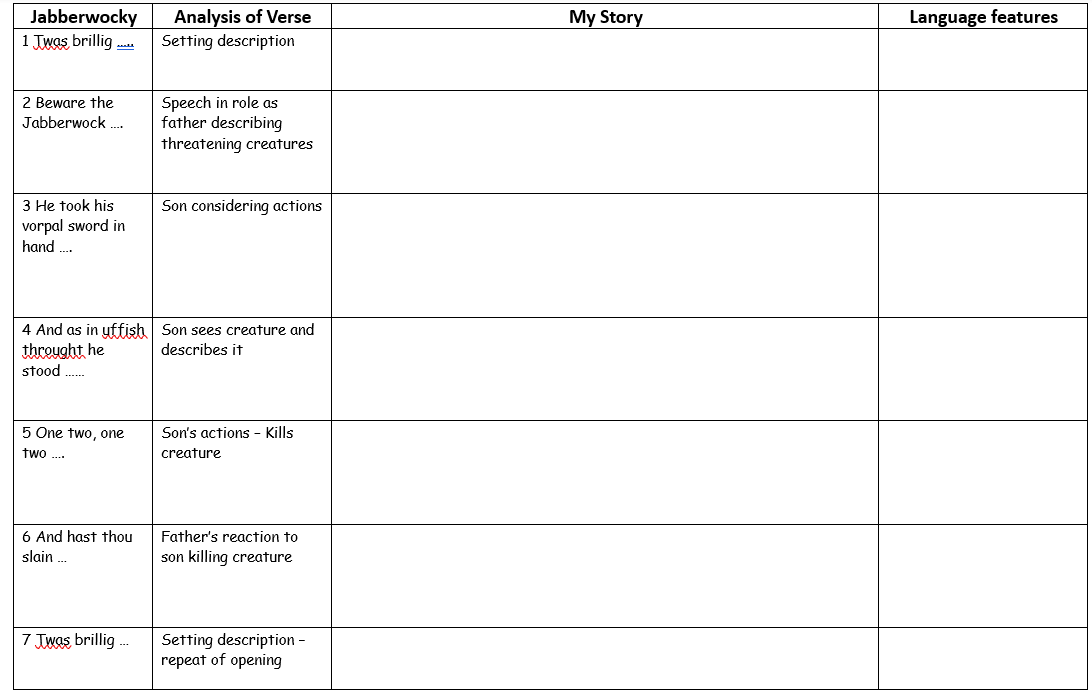
Look at the sentences you wrote yesterday after watching the video clip.
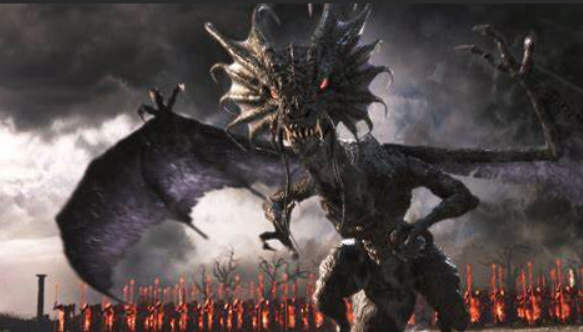
LC: To be able to describe the position of a shape following a translation.
Complete the RIC.
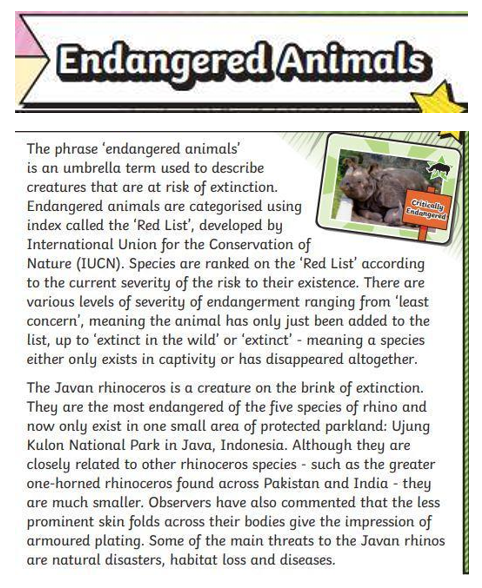
R Where do Javan rhinoceros live?
____________________________________________________________________________________
I Thinking about what you have learnt from this text, what predictions can you make about the Javan rhinos' future?
________________________________________________________________________________________________________________________________________________________________________
C Find and copy one phrase which is an expression that means 'to cover a broad category of things.'
________________________________________________________________________________________________________________________________________________________________________
LC: to locate clues to support understanding through close reading of the text
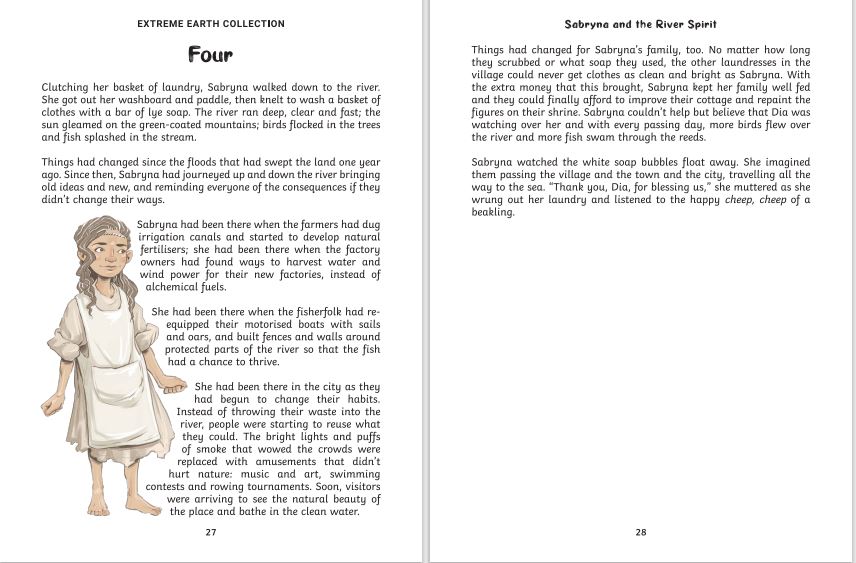
- how much time has passed since the flood?
- how has life changed for Sabryna's family?
- why do you think Sabryna thanked Dia?
- what message do you think the author wants the reader to take away from this story?
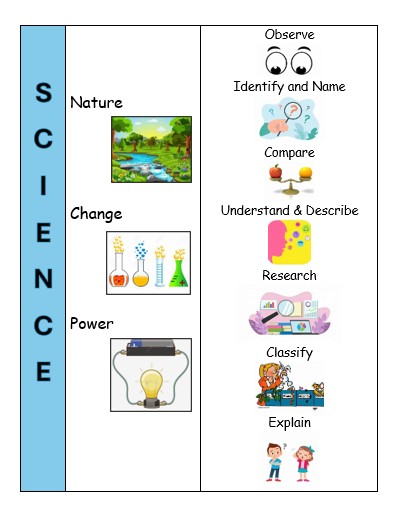

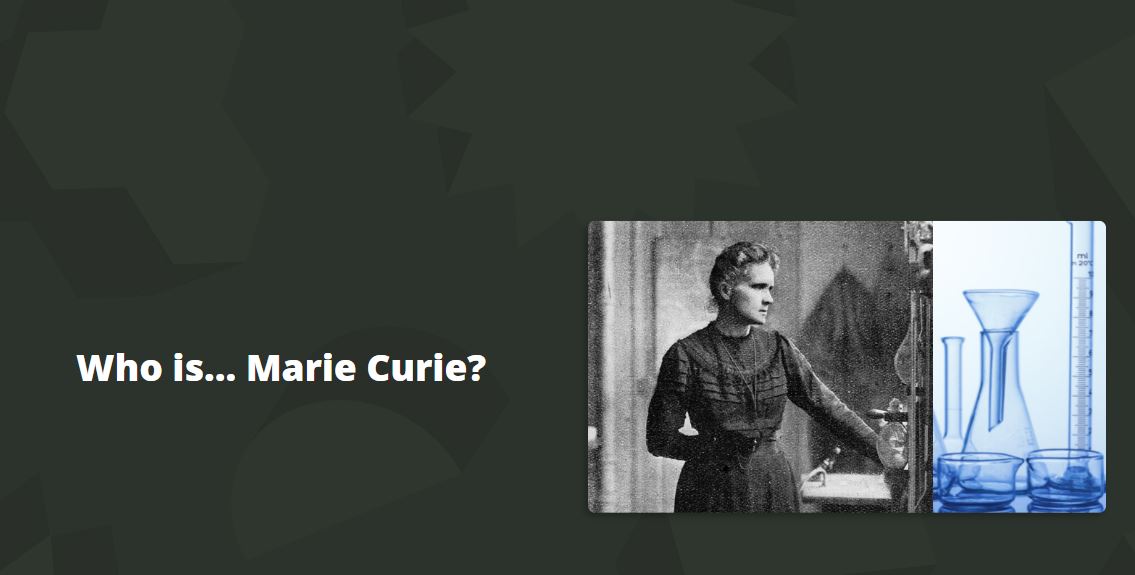
This is Professor Marie Curie. She was the first woman to achieve many things in science. In 1903, she became the first woman to receive a Nobel prize for her discoveries of radioactive elements. Then in 1911, she was the first person to be awarded a second Nobel Prize. She remains the only person to ever win this award in multiple sciences (the first was for Physics, the second for Chemistry).
Marie overcame many obstacles during her life, from having to attend a secret university in Poland because she was a woman, to being prevented from telling people about her own research for the same reason. Her husband, Pierre, was a scientist too and helped ensure that Marie was credited for her painstaking work.
Professor Marie Curie was skilled and very determined. She worked hard in her laboratory using separation equipment (like that in the photographs). To separate a 0.1 g of radioactive material from several tonnes of pitchblende rock required:
- Grinding the rock
- Dissolving it in acid
- Filtering out the solids
- Evaporating the solution
- Then redissolving, crystallising and recrystallising.
Using these methods, Marie discovered new elements, radium and polonium that gave off rays of heat and light. This heat and light was radioactivity- a dangerous but useful resource.
The UK charity ‘Marie Curie,’ who offer support for people living with terminal illness, was named after her in honour of her work on cancer treatments. Tragically, it is likely that Marie’s death in 1934 was a direct result of the highly radioactive materials she worked with.
LC: To give evidenced reasons why materials should be used for specific purposes.
Can we use our observational skills to investigate the properties of different materials in order to recommend materials for particular functions depending on these properties ?
- What considerations have to be taken into account when building a structure that has to be waterproof?
- Which materials are the best for making something waterproof?
- How can we make something more waterproof?
- What would happen if we were not able to make things waterproof?
Investigate which material would be best for making a waterproof jacket.
Now make a poster persuading Year 3 children and parent to buy your design.

